Top 10 Church Digital Marketing Strategies for 2026

What’s Changing, What’s Working, and What’s Next
2026 will be a year of rapid change for church digital marketing strategies and church branding. Artificial intelligence (AI), shifting online habits, and a more skeptical audience mean churches can’t just keep doing what worked last year. The digital landscape has matured—and your message must too (while maintaining the never-changing strong Gospel message).
People still crave hope, purpose, and belonging, but they’ve grown numb to average online content. The churches that will thrive in 2026 are those that communicate with authenticity, consistency, and intelligent strategy. This is where church branding and digital marketing converge.
Connect to your personas in your congregation and community. Be a light.
You are the light of the world. A city situated on a hill cannot be hidden. No one lights a lamp and puts it under a basket, but rather on a lampstand, and it gives light for all who are in the house.
In the same way, let your light shine before others, so that they may see your good works and give glory to your Father in heaven. light of the world. A city situated on a hill cannot be hidden. Matthew 5:14
Digital marketing isn’t about being flashy—it’s about letting your light shine brighter and smarter. Start with a clear brand thread: being known for something relevant and needed in your community. Your church branding matters.
Let’s explore what will define effective Church Digital Marketing Strategies in 2026.
Key Takeaways: Digital Marketing Strategies That Every Church Should Focus On in 2026
Church digital marketing strategies don’t have to be overwhelming. Here are key things every church should focus on to grow in 2026:
- Lead with clarity.
AI and automation make content easier—but clarity makes it compelling. Stop doing what AI can do. - Build a digital ecosystem.
Your website, email, and social must work together—not compete. This is your church digital hub. - Create human-centered content.
People trust people, not promotions. Stop being known for event promotion. - Use data and automation wisely.
Let technology serve your mission, not drive it. Never let technology and AI do all the work. - Prioritize consistency and discipleship over clicks.
Moreover, build relationships, not just reach. For the sake of the Gospel.
At Be Known For Something, we’ve been helping churches for 25 years to create clear communication strategies and strong church brands so they’re heard again. Here’s what’s working right now for church digital marketing strategies. 2026 is going to be exciting if you’re prepared!
1. Church Digital Marketing Strategies: Start with a Sharper Brand Thread
Firstly, AI tools are now writing better than most volunteers. That means your church must define its message better than ever. Your Brand Thread — a short, emotional phrase connecting your church to a need your community feels — keeps all messaging consistent across AI, staff, and volunteers. This needs to be clearly defined in a Church Branding guide.
In 2026, brand clarity beats creativity.
As a result, Be Known For Something can help you find that thread through research, discovery, and communication coaching. It’s still the foundation for everything else.
Recommendation: The Be Known For Something church branding package includes necessary, reliable research and branding elements (mystery visit, community demographics, listening groups, branding thread, church logo, branding guide, and strategy coaching). Our proprietary branding retreat is the fastest way to a rebrand!
Initially, get started by scheduling a FREE Discovery Call now.
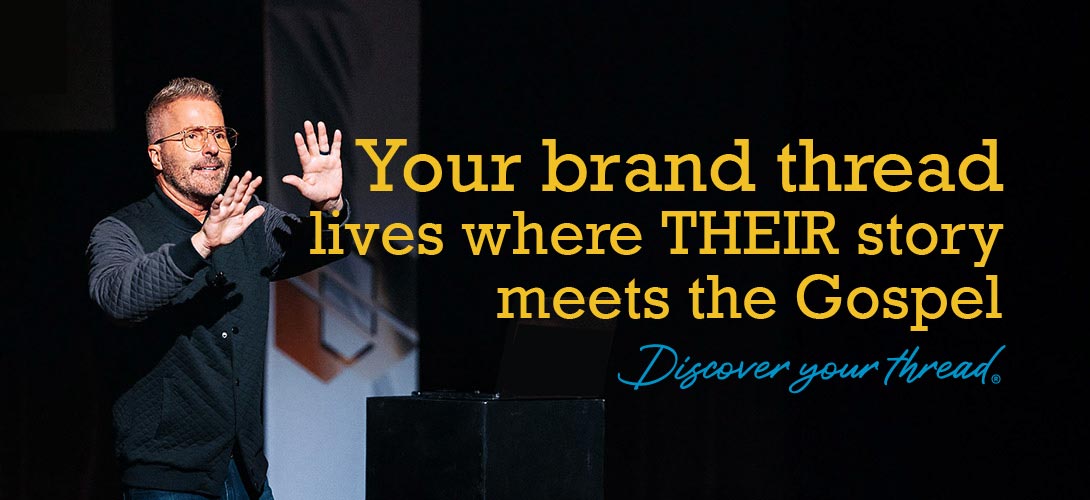
2. Design a Smart Website that Learns
Secondly, static websites are dead. Modern sites adjust to user behavior — suggesting ministries, next steps, or sermons based on what someone clicks. With tools like AI chatbots and predictive analytics, your church can finally provide personalized discipleship online. Check with your hosting provider, developer, or content management system to see what they offer to help.
Make sure your site is fast, mobile-optimized, SEO-rich, and clear about who you are for. Your Church Branding thread needs to be woven everywhere.
3. Personalize Email with AI
In 2026, generic newsletters are ignored. However, automated personalization isn’t.
Use AI to segment and personalize content: “Parents of preschoolers,” “New believers,” “Volunteers.” AI can predict the best send time, tone, and content. Check with your email provider to see what they offer for AI assistance. If they don’t? You can do the segmentation work quite easily.
Automation doesn’t remove relationship—it enhances it when done with care and your brand voice. Talk directly to them. Every communication needs to feel like something they were just looking for.
4. Lean Into Short-Form Vertical Video
TikTok and Reels-style content continues to dominate. But in 2026, authentic storytelling wins. Ditch overly polished productions. Focus on 30-second clips that show faces, emotion, and hope. Convert sermons into shorts. There are AI tools that will help you do that, too.
Videos should answer:
- “Why does this matter to me?”
- “Can I see myself here?”
Post videos weekly on social media (and on your YouTube channel too). Add captions. Be human. Think about how you can weave your church branding through your metadata.
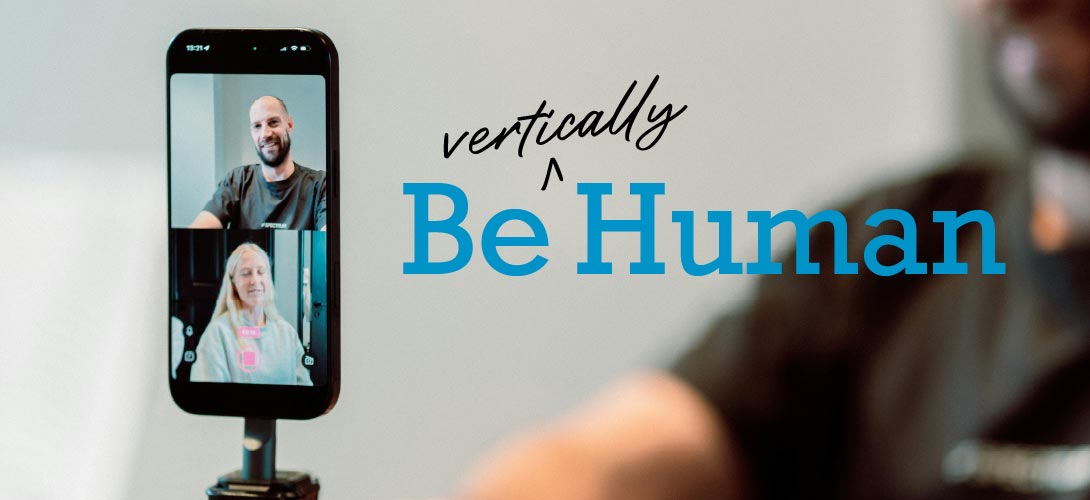
5. Optimize for Voice Search and Local AI for Your Digital Marketing Strategies
With the rise of smart speakers and AI assistants, people now ask for churches (and not just typing into Google). Literally. Optimize your online content for voice search (this is an ever-evolving area that continues to change as we dive into the research). Insert words that you know your audience personas are asking about. Things like:
- “Church near me that helps families”
- “Church with recovery programs”
Use conversational keywords and FAQs on your site. Update your Google Business Profile monthly. Remember to use local keywords (e.g. city name, state, region, etc.) too!
6. Rethink Social Media Strategy
Furthermore, social is shifting to private spaces (like Groups, DMs, and text updates). Public reach is shrinking in social media (as they push towards advertising). Therefore, build smaller, trusted communities instead of chasing viral posts.
In 2026, engagement is measured by response, not reach.
- Host interactive stories and polls.
- Use DMs to follow up.
Encourage members to post their stories. Create a trusted online community for them!
7. Create Digital Pathways for Connection
Don’t just post. Guide people. Every piece of content should lead somewhere—your next step page, an invite to serve, a prayer form, or your YouTube playlist.
Design digital pathways like hallways leading to connection. Your goal? Move people from scrolling to showing up. In addition to page content, lead to your groups too!
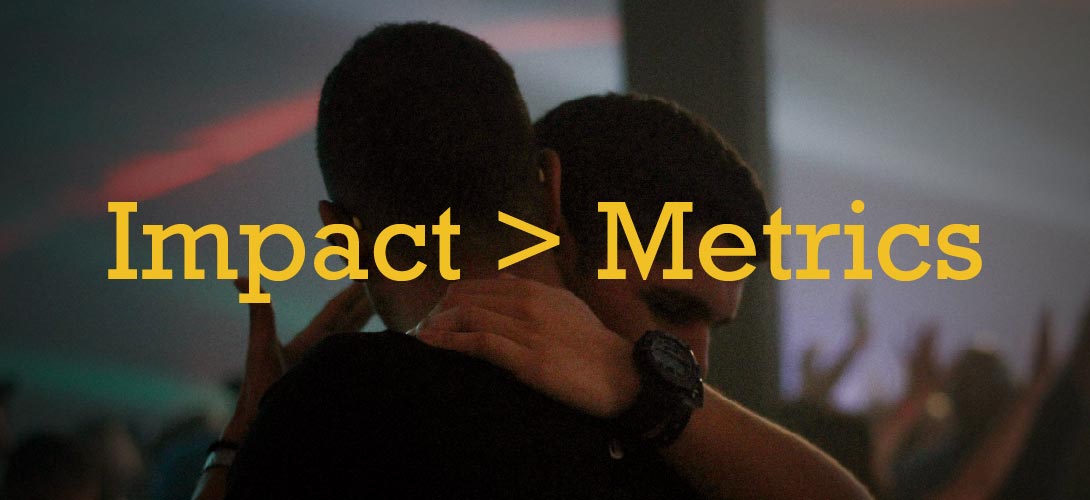
8. Measure Ministry Impact, Not Just Metrics
Impressions are meaningless if no one takes action. Why LOVE is a verb. The Gospel needs to lead to a decision to act. Therefore, measure spiritual engagement: prayer requests, small group signups, and baptisms sparked from digital touchpoints.
Use dashboards to track trends, but ask: Are we discipling or just broadcasting? Create a relationship or discipleship journey that moves people to their next step. This is all part of the Be Known For Something communication strategy coaching.
9. Invest in Reputation & Trust: One of Your Critical Digital Marketing Strategies
Consequently, in an age of skepticism, your church’s online reputation matters. Reviews, testimonials, and transparency build trust. Encourage members to leave reviews that tie to your brand thread — the need you solve. Make it authentic and guided. Ask key leaders to post something in your next meeting. Give them an idea of what is needed to drive traffic to your ministries: active voice, brand thread, keywords, and call-to-action.
Nevertheless, never delete criticism — respond with grace. That builds credibility faster than perfection. Moreover, your response guides how you expect your congregation to interact with opposition in the community.
Be known for love.
10. Finally, Commit to Consistency, Simplicity, and Communication Strategy
In 2026, attention spans are shorter — but loyalty is stronger when trust is earned.
Simplify your communication calendar. Align all content under your brand thread. Then repeat it. Often. Saying less, so more will hear it.
Churches that stay consistent will rise above the noise of those that simply post. Resist posting something that the majority will ignore.
Be known for something that solves THEIR problem — and people will pay attention. Your church marketing needs to benefit your audience and NEVER be perceived as being all about you.

Summary
In conclusion, church digital marketing in 2026 requires more than new tools — it requires intentional clarity and authentic connection.
So, start with your brand thread (our church branding package discovers it for you quickly), build a smart, connected ecosystem (website, email, social), personalize with AI, and keep it human. That’s how you’ll be known again in your community.
Be Known For Something helps churches find clarity, build church brands, and create strategies that cut through the noise. Let’s create a communication plan that works for your people—and helps your church grow. Our Zoom-based coaching teaches and guides you to know how to do this!
Ready to grow your church with proven strategies?
Finally, let the Be Known For Something church branding company help you create a church communication plan that actually works. We do that through our coaching packages and church branding products.
Yes, we do this together with you. Educating YOU so you don’t have to rely on us long-term! Let’s talk

Frequently Asked Questions: Digital Marketing Strategies:
Q: What’s new for churches when it comes to Church Branding and Digital Marketing Strategies in 2026?
AI integration, personalization, and smarter data tracking. But clarity and authenticity are still the biggest differentiators.
Q: Is AI safe for church use?
Yes — if it’s guided by your church’s brand thread, voice, and values. AI should assist, not replace, human communication. Don’t let AI do all the work. Always question the output before you upload it.
Q: What’s the #1 investment for 2026?
A strong church brand and a website that reflects it. Every digital tool should flow from that identity. Check out the Be Known For Something church branding package (from research to thread, to logo visual identity, to branding guide, to communication strategy).
Q: Do we still need church social media?
Yes — but focus on engagement and connection, not vanity metrics. Be real, be present, be consistent. Create an online community.
Q: Yet, how can we know our church’s digital marketing strategy is working?
Track stories of life change, not just numbers. When people say, “I found hope here,” your digital marketing is working. Or when they embrace your church branding thread (your brand promise and story). It’s what they want!
Want 25 Game-Changing Resolutions?
Related Posts
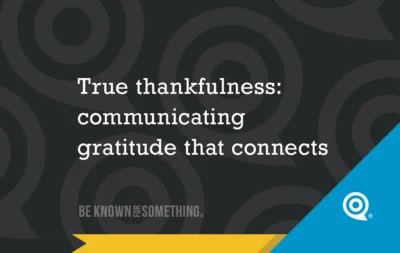
True thankfulness: communicating gratitude that connects
We’re just a couple weeks away from Thanksgiving. Though you might not know it by the jingling commercials already flooding

AI Prompts Every Church Communicator Should Be Using
Artificial Intelligence (AI) isn’t replacing church communicators, it’s simply helping the good ones work smarter. Tools like ChatGPT (and similar)
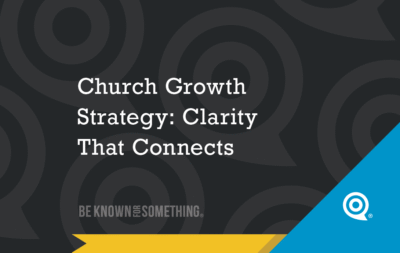
Church Growth Strategy: Clarity That Connects
Most churches pray for growth but overlook one of their most effective tools: a clear church growth strategy built on

